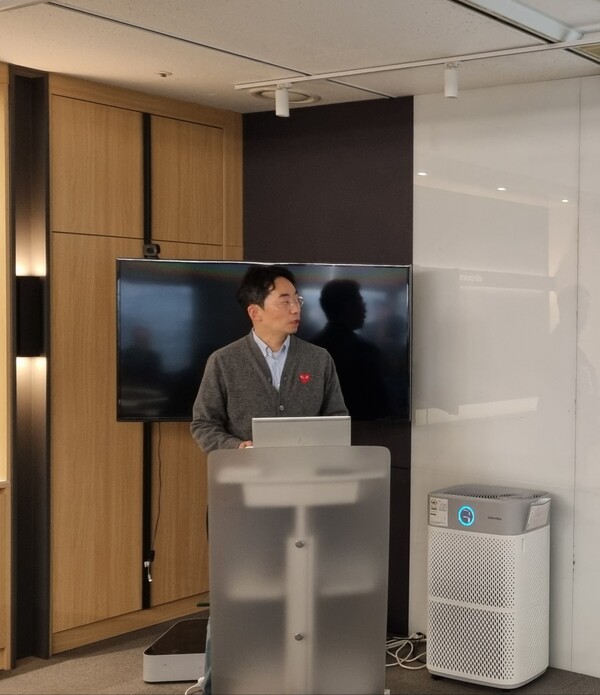As life expectancy increases, dental implants' "long-term stability" is becoming increasingly important. That’s because as people age, the number of missing teeth increases, and as life expectancy also increases, people must be able to use implants for longer periods.
Straumann Korea, the Korean offshoot of the world's dental implant market leader Straumann, made these and other points at the “Implant Media Academy” on Tuesday.

At the seminar, Professor Kwon Yong-dae of the Kyung Hee University School of Dentistry presented the latest views on implants, noting that long-term stability” is driving the trend of implants as the average life expectancy is increasing, so it is recommended to use a product that can be used for a long time.
A dental implant is an anchor placed in the gum bone to replace a tooth lost due to decay, accident, or gum disease. It physically replaces the function of a tooth without damaging neighboring natural teeth and is aesthetically similar to natural teeth.
According to the U.S. National Institutes of Health (NIH), the number of missing teeth increases with age, with 1.1 missing teeth for those aged 20 to 34 and 3.0 missing teeth for those aged 35 to 49, compared to 5.7 missing teeth for those aged 50 to 64, 8.7 missing teeth for those aged 65 to 74, and 9.6 missing teeth for those aged 75 and older.
According to data from the Health Insurance Review and Assessment Service (HIRA), the number of dental implants placed was highest in the 60s, and the life expectancy of Koreans in 2024 is expected to exceed 80 years for both men and women. The need for dental implants increases as people get older, as they need to use them for more than 20 years once they are placed.
"As we age, it is important to have long-lasting implants," Professor Kwon said. “Since they will be with you for the rest of your life, you should have a safe implant that fits you well."
Kwon advised that when choosing an implant, people should consider surface treatment, material, peri-implantitis occurrence, aftercare, and long-term safety. He added that the surface treatment of the implant affects the osseointegration reaction between the implant and the gum bone, and the harder the material of the implant fixture, the more durable the implant can be, even with a smaller size.
"As people age, bone density decreases, and gum bone is often insufficient, so implant placement can be accompanied by additional procedures such as bone augmentation," Professor Kwon said. "If the implant material is hard, smaller diameter implants can be placed, allowing for less invasive treatment and minimizing additional procedures."
According to a study conducted by researchers at Kyung Hee University Dental Hospital, narrower-diameter implants have a stable long-term survival rate, especially when using Straumann's proprietary Rocksolid (TiZr) implants. These implants have a long-term survival rate of 94.6 percent, 3.3 percentage points higher than the 91.3 percent survival rate of commonly used titanium implants.
There was less bone loss or complications with the Rocksolid implants, and their superior mechanical strength meant that they were more often used in the mandibular region, which requires relatively high masticatory forces compared to other product groups, according to Kwon.
In particular, Professor Kwon recommended choosing an implant with a "hydrophilic surface," which attracts blood and proteins from the surrounding area so that the implant can fuse with the gum bone and heal faster after the procedure, and looking at "long-term stability" to ensure that the implant remains effective over the long term.
"Some 48 percent of implant adverse events are dislodgement, and 41 percent are inflammation," Kwon said. "It is important to get an implant with clinically proven long-term stability from an experienced doctor from the beginning, as implant dislodgement requires revision surgery, which is more costly and painful for patients."

